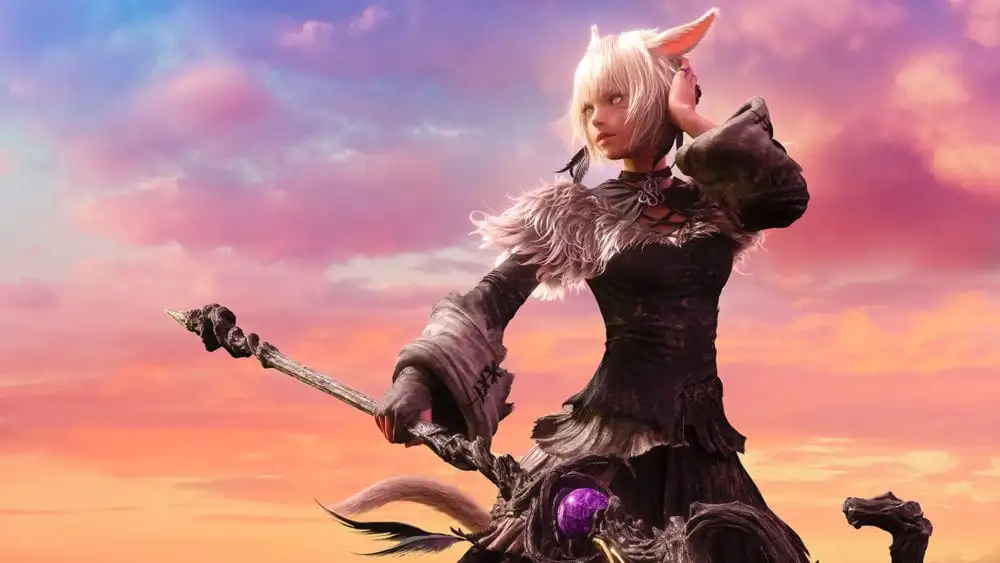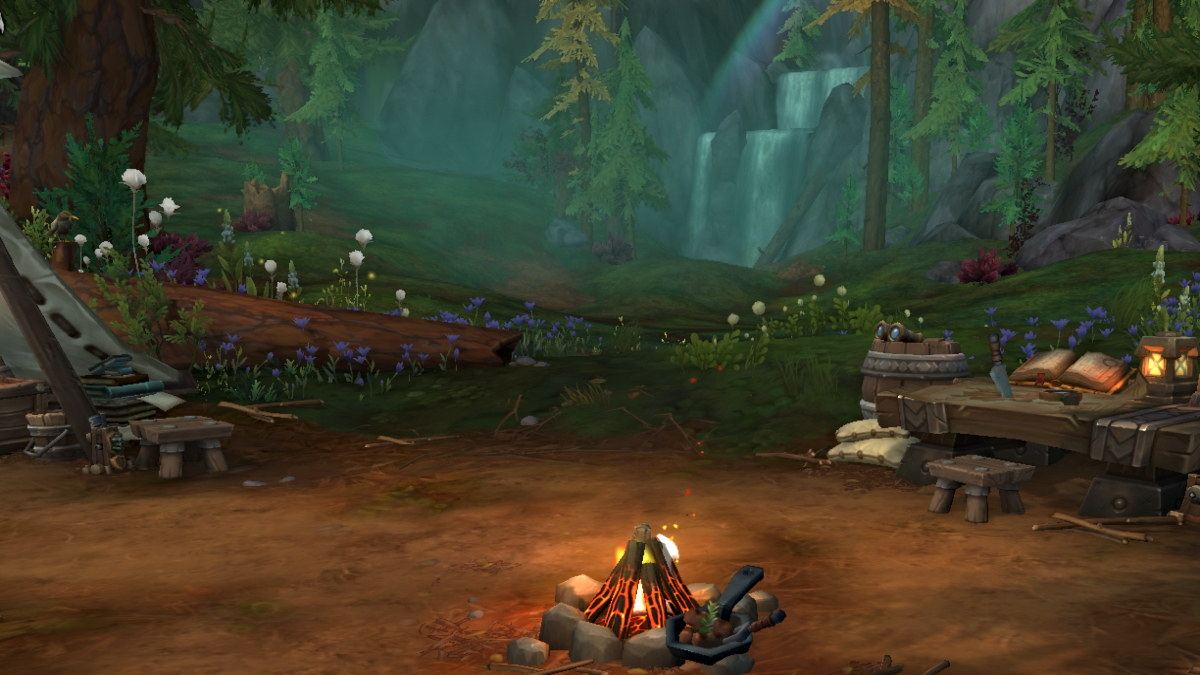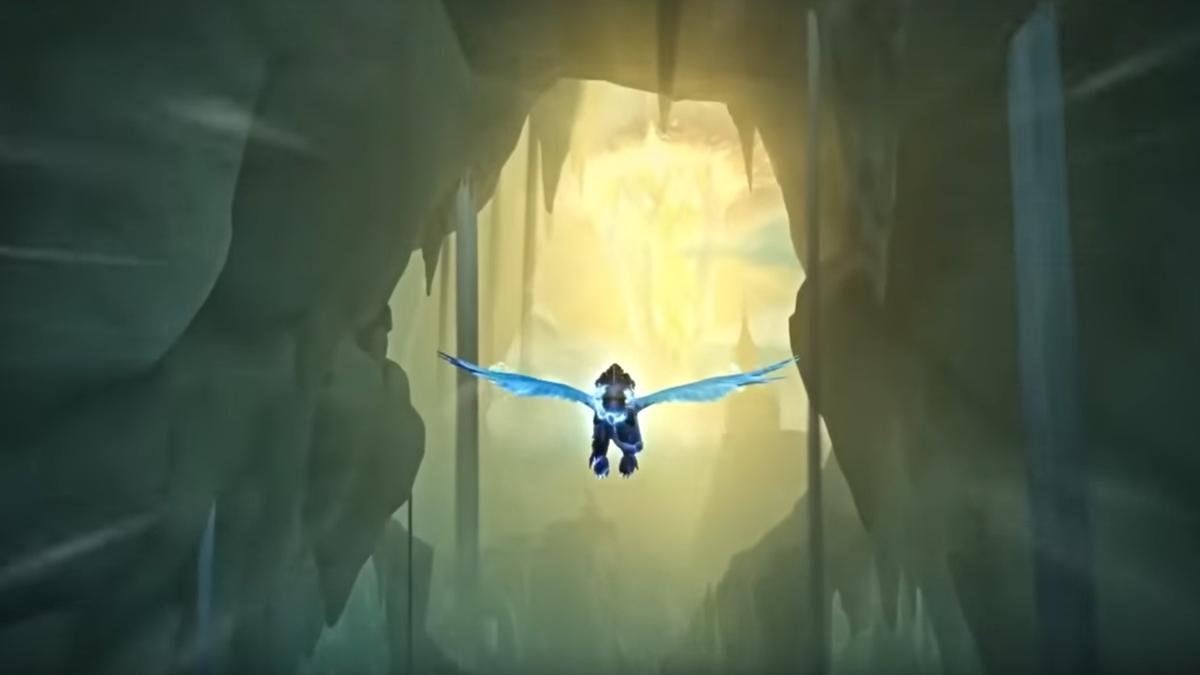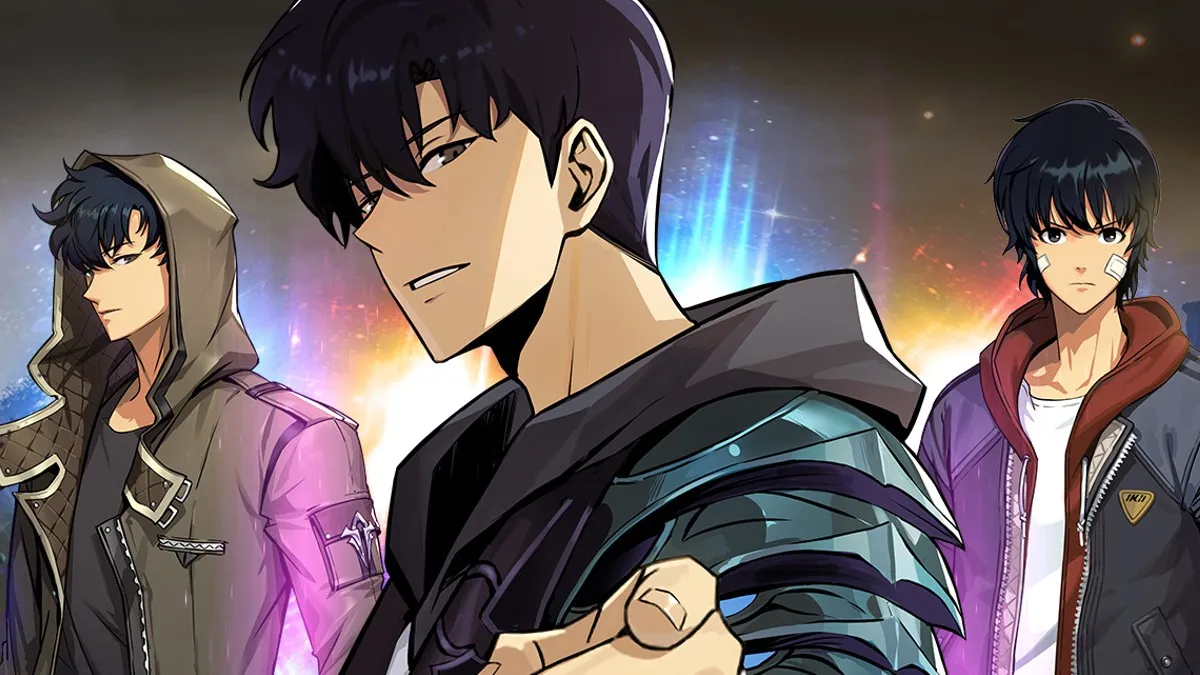Today Square Enix hosted a panel at PAX West in Seattle, dedicated to Final Fantasy XIV’s and mostly focusing on narrative and visuals.
The panel starred Main Scenario Writer Natsuko Ishikawa and Art Team Lead Takeo Suzuki.
Below you can read what they shared. Do keep in mind that the recap below includes several spoilers from the story of Shadowbringers, so you shouldn’t read it unless you have played it.
- Work on Shadowbringers started in the summer of 2017.
- At that point, Director Naoki Yoshida’s plan for Shadowbringers had three parts: going to the first, the Trust system, and having the request for the opening cutscene ready in a month.
- The Trust system would make the game a bit more similar to single-player RPGs.
- On the other hand, the team wanted to create a story that didn’t suffer from being a MMORPG but was instead stronger because of it.
- The fact that it was updated over the years was an element conducive to that.
- The fact that the game has a passionate community both offline and online is another benefit of the game being a MMORPG.
- Developers aimed to change the story from “the part that you have to do alone” to a source of shared excitement.
- The third benefit of being a MMORPG, which is also the most important, is that everyone loves their characters.
- To support that, developers attempted to make the protagonist shined creating scenes that people just wanted to take screenshots of.
- The player characters had 1.3 times more movements in Shadowbringers than in Stormblood.
- The team wanted to create a traditional JRPG feel.
- Ishikawa-san appreciated the fact that The First had a smaller boundary in terms of scope, which helped her create something more similar to a traditional JRPG.
- The first draft had the Ascians, Ardbert, the Crystal Exarch’s narrative Yet, there was no Vauthry, the sin eaters were controlled by Eden. The system of restoring the darkness to specific regions wasn’t yet in place, and Eden was the only real boss at the end.
- Yoshida-san asked to change that, with the introduction of restoring the darkness in each area.
- Suzuki-san and Ishikawa-san talked about the creation of the Tempest.
- Final battles in The Source were huge with a lot of people. The Tempest would be different, and in the latter half would have music that’s soft, beautiful, and poignant.
- Composer Masayoshi Soken came up with the idea of a ticking clock. Another important element was the silent pause before the music looped back to the beginning.
- The developers started drafting Amaurot, and initially, it was simply called “Atlantis.” The initial artwork showcased during the panel can be found in the gallery at the bottom of the post.
- The developers tried different effects to convey the underwater environment and finally came up with caustics projected on the ground.
- At the time the technology to have puddles in this watery environment wasn’t in place, so it had to be developed.
- There are other subtle effects to convey the feeling of being underwater.
- A map was created that isn’t very different from the final product.
- The developers struggle a bit with the idea of diving deeper and finding Amaurot.
- Initially the concept had Amaurot sitting in a deep abyss, but the engine had issues with such a large difference in elevation. Due to that Amaurot was lifted to where it is now.
- That created another problem, because Amaurot became visible from the very start when the players landed in the Tempest.
- The art team was asked to hide it to create an element of surprise. They tried implementing a fog-like filter, and that caused the cutscene of the discovery of Amaurot to become very memorable.
- Another concept that changed from its original form was the fact that the environment would become darker as the players got closer to Amaurot. This was changed to the opposite, with the environment starting dark, and becoming brighter around Amaurot.
- This is due to the fact that before you reach the Tempest you’re already traveling in very bright areas, so a change would be welcome. Amaurot also had to look very fantastical, and to that end, it should have been bright.
- Designing Amarout itself was a challenge for the design team.
- When the team was working on creating the city, Marvel’s Spider-man was released, and the designer in charge was inspired by Insomniac Games’ title.
- Some fine tuning was done to fit the ancients in the city.
- Ishikawa-san really wanted to have the scene with the player sitting close to the ancient on the giant bench while waiting for their audience.
- When the name Amaurot was suggested, she adapted some of the dialogue.
- Speaking of the scene with Minfilia and and Ryne, the environment was something that Ishikawa-san was very particular about when talking about lighting and environment when requesting the creation of the assets.
- Feo Ul was based on the generic skeletal structure that was already in place for the pixies, but a lot of adjustments were made to make her cute and able to have specific facial expression. Adjustments were made until the very last minute.
- The larger miqo’te model for Lady Chai was actually based on the lalafell model. Ishikawa-san really wanted it in both the game and the opening cutscene.
- Final Fantasy XIV has quite a few limitations in creating the cinematics, but even within the limitations, the development team does its best to improve them with updates and new tools.
- One of those limitations is that cutscenes design is influenced by manually advanced text boxes. This was worked around with autoadvanced text when there is a more action-oriented scene. This is something Ishikawa-san would like to continue to do going forward.
- To convey the situation on The First, the team wanted to show a scene in which a person turns into a Sin Eater in all its horror. Ratings in different regions limited what could be shown during that scene.
- One interesting element is the fluid that leaks from the character’s scalp and eyes. The team was also working on a scene featuring a character crying and that method was repurposed for the Sin Eater scene as well. It works basically by creating a sort of mask with the fluid that is buried within the character’s face (initially invisible behind the skin) and then pushed out gradually, giving the illusion of the leaking fluid.
- In actuality, it isn’t an actual animation of a fluid, but a trick that works well to that effect, working around the limitations of the engine. It’s very low-tech, but it works.
- There are other elements in the game in which such tricks are depicted and used.
- When Yoshida-san tested the expansion, he was crying towards the end, but he still requested a few tweaks.
- Everybody in the team worked really hard until the very last minute so that they could get the expansion right. They feel it was worth it.
- The positive feedback from the players made the developers feel very relieved and happy.
If you’d like to learn more about Final Fantasy XIV: Shadowbringers (which has recently been updated to version 5.05), you can read our recent interview with Naoki Yoshida and Banri Oda, our review of the expansion and our article explaining why it features the best story among all the tales told by the Final Fantasy series.
You can also read an interesting story from when the 1.0 world ended to celebrate the 6th anniversary of the launch of A Realm Reborn.
Final Fantasy XIV is currently available for PS4 and PC.


















